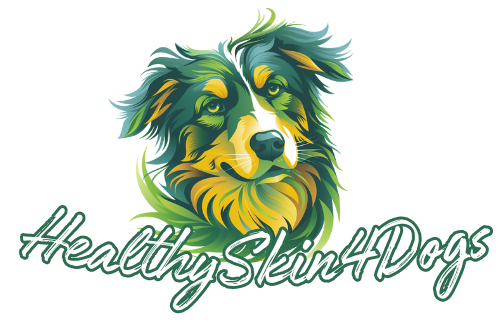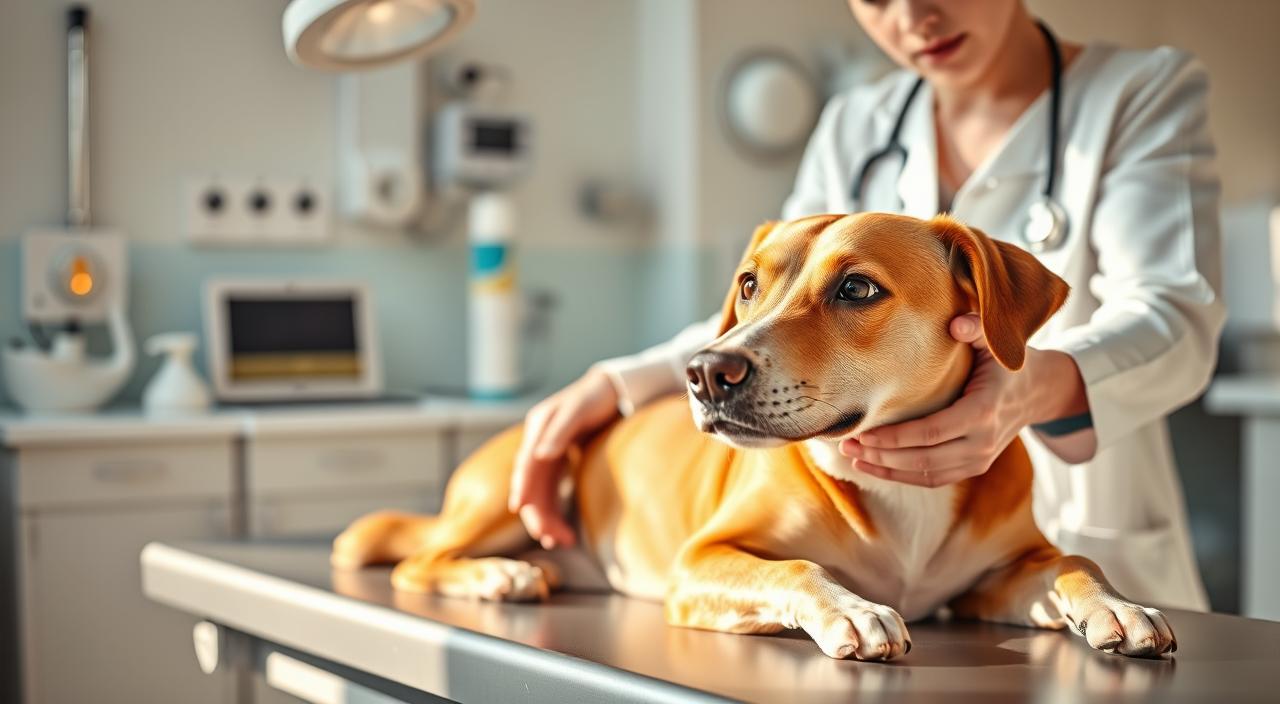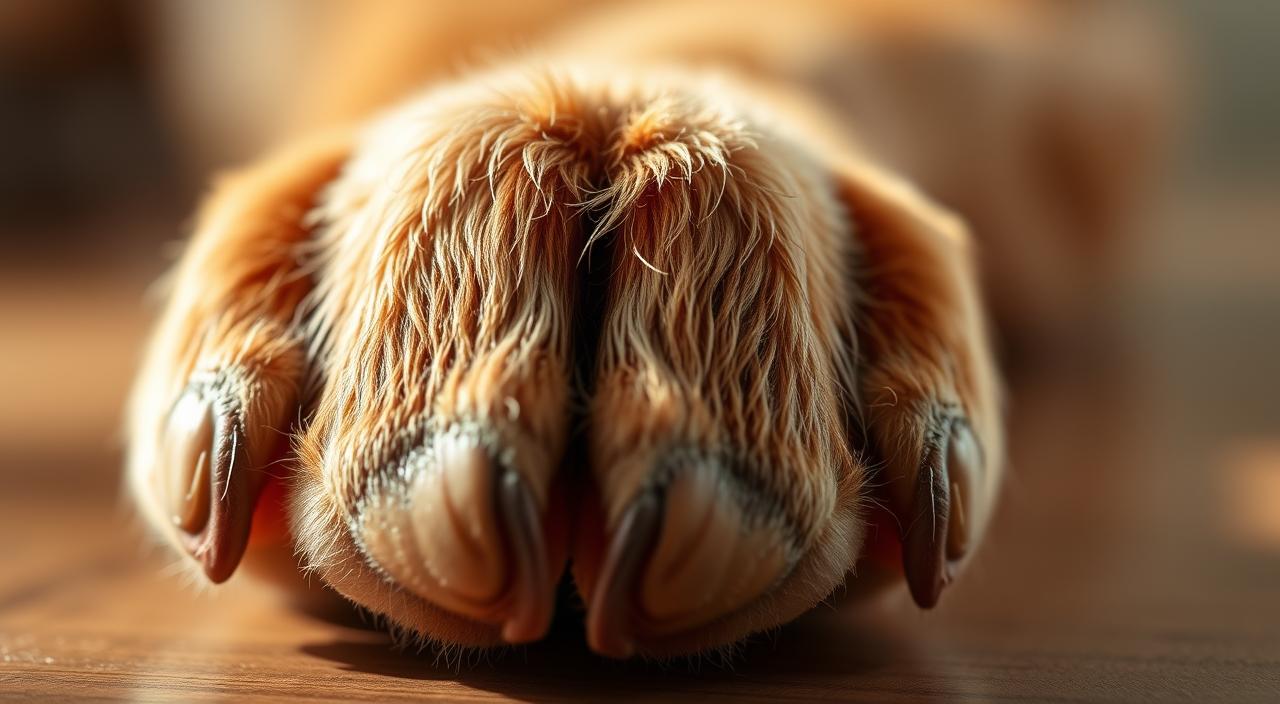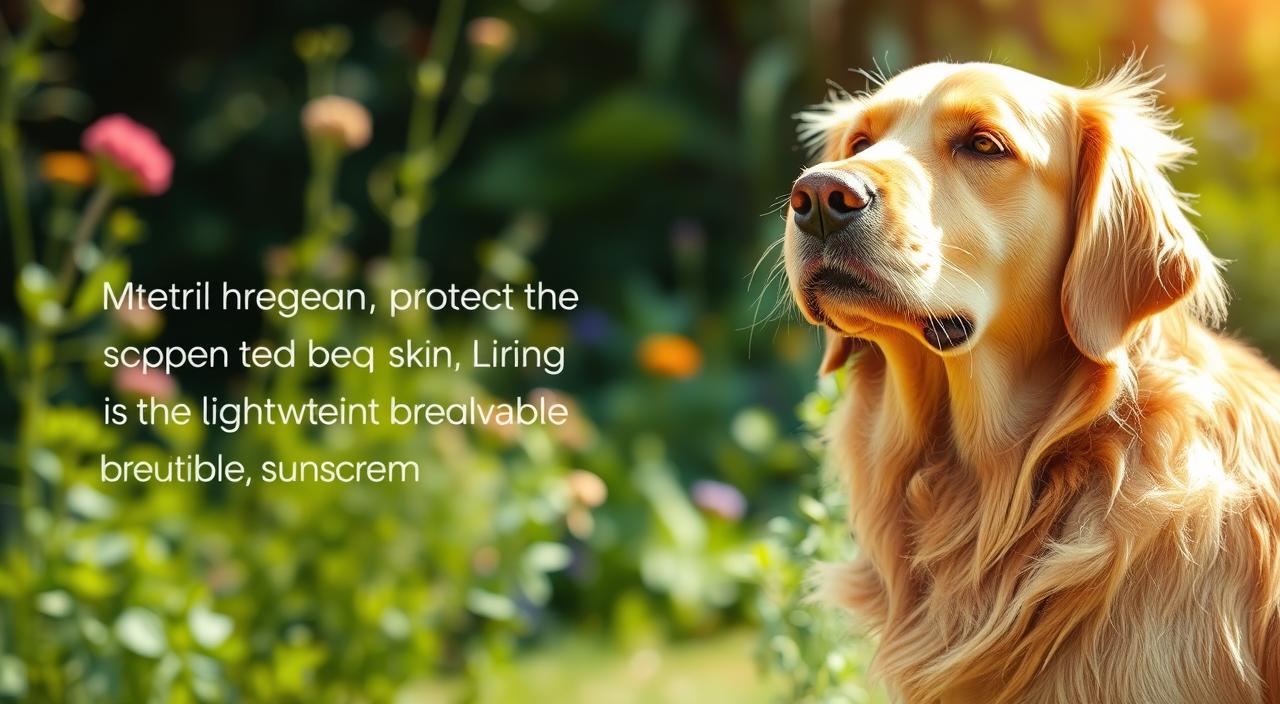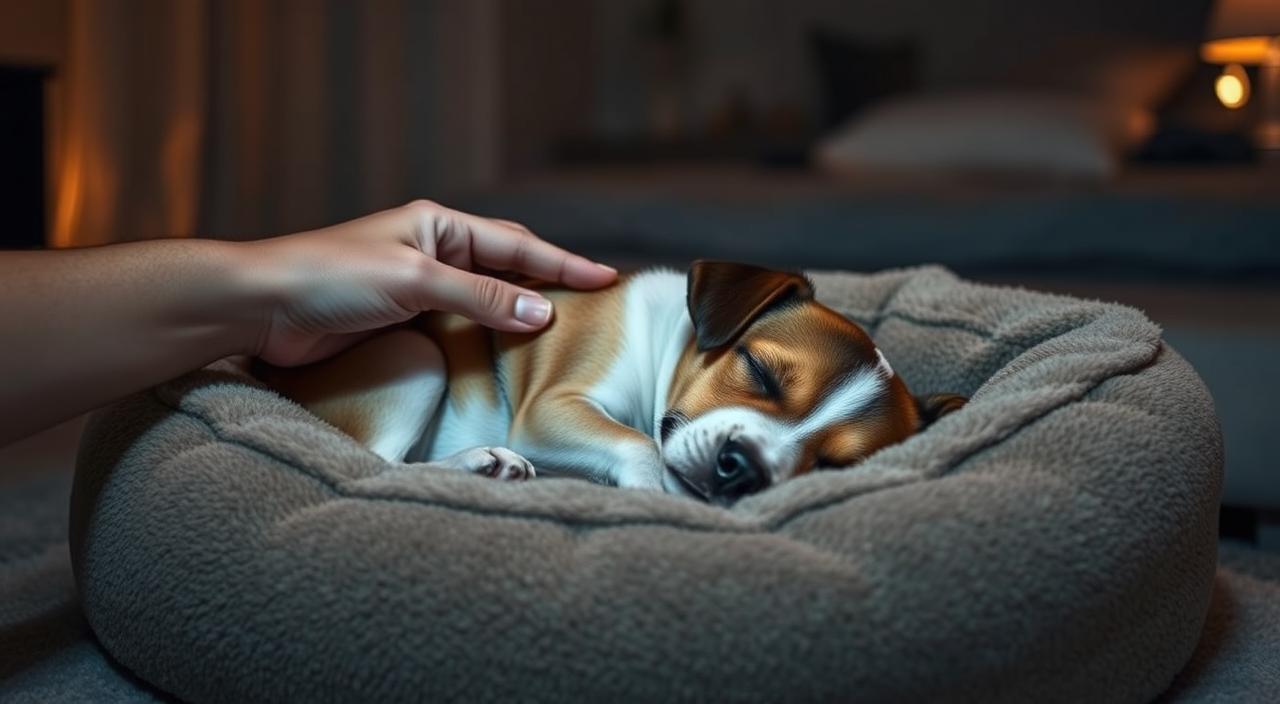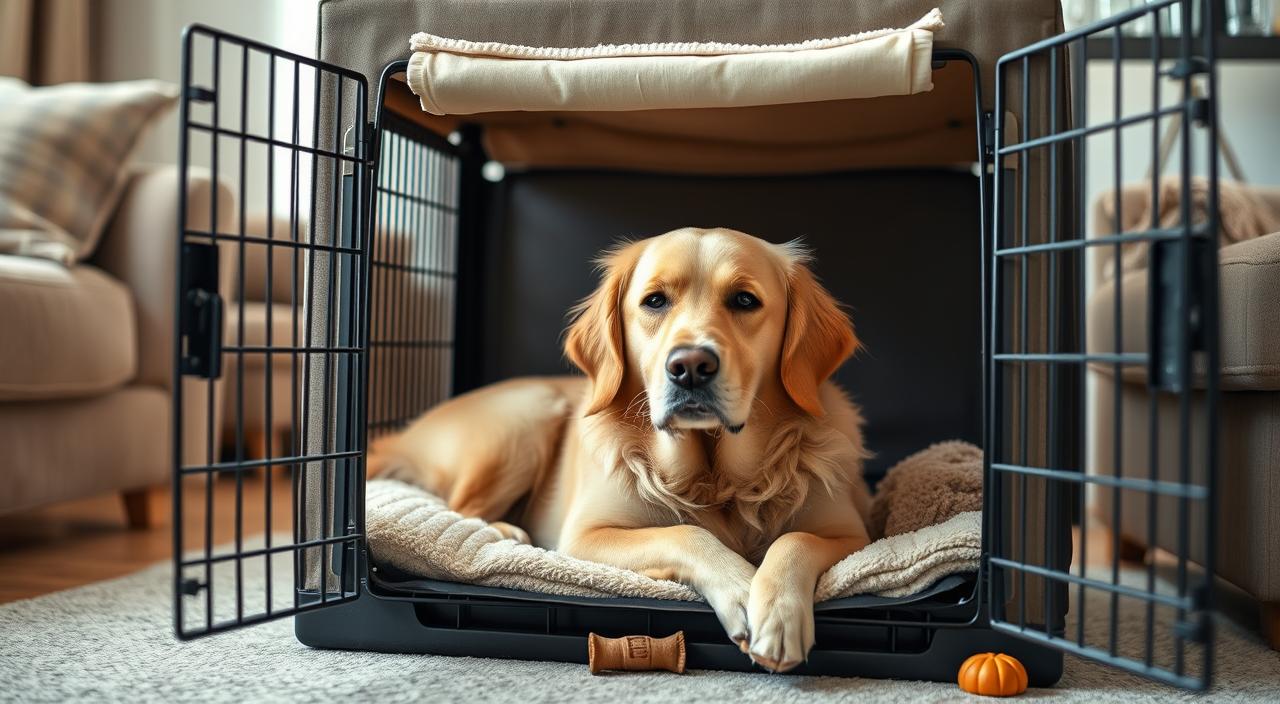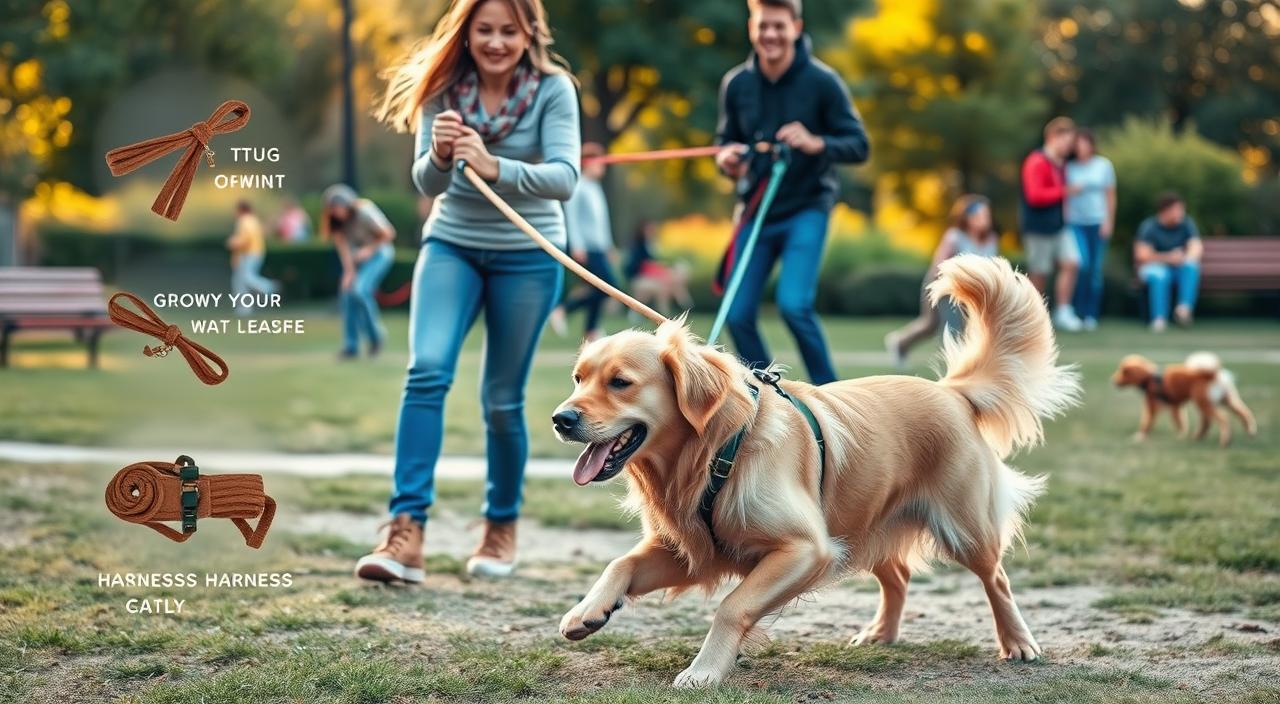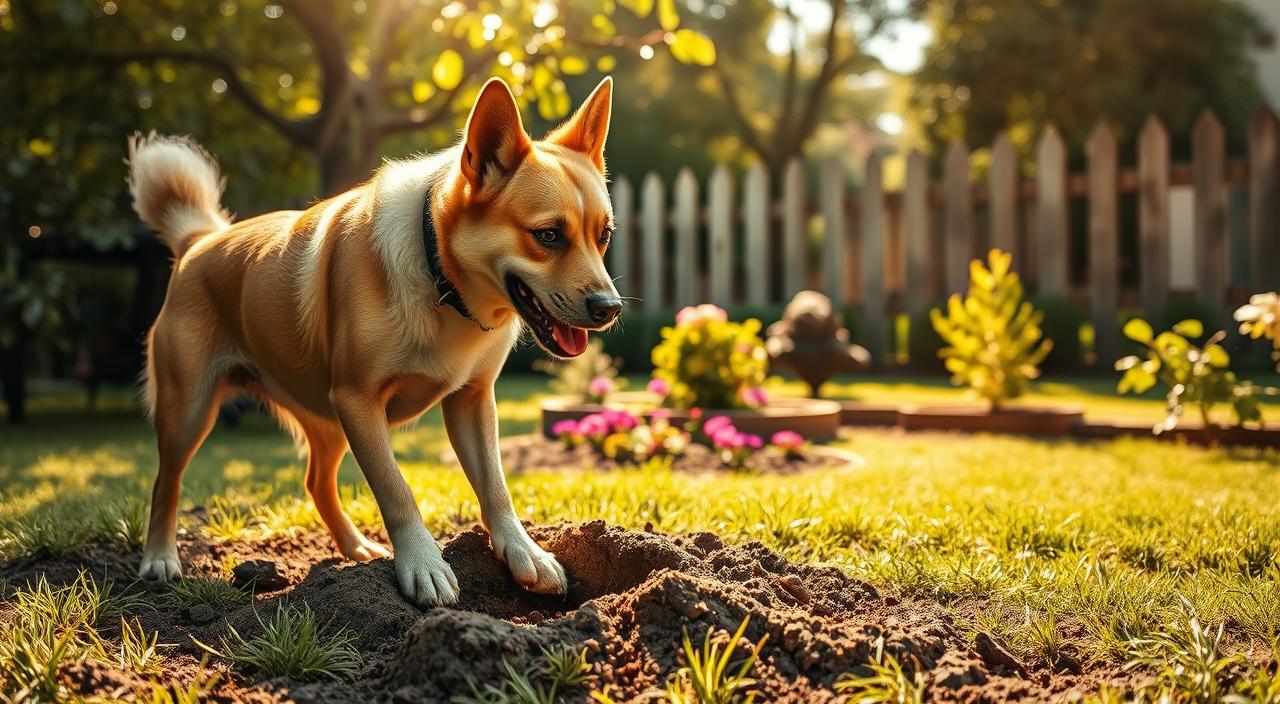You may notice pink, tender patches on your pet’s nose, ear tips, or belly after a sunny day — and wonder what to do next. This clear guide explains how to treat dog sunburn gently at home, and when a vet visit is needed, so owners can act quickly and reduce pain.
Dogs can get burns even with fur; thin coats, white or light hair, and hairless breeds face higher risk. Simple steps — shade, cool compresses, hydration, and pet-safe sunscreen — ease discomfort and lower the chance of infection.
We keep advice practical and evidence-based: clear signs of worsening, safe topical options, and when prompt veterinary care is the right call. Follow short prevention tips to protect skin and guard long-term health.
Key Takeaways
- Recognize common burn areas: nose, ear tips, eyelids, belly, and tail tip.
- Act quickly: cool the area, offer water, and limit sun exposure.
- Use only pet-safe sunscreen and prevent licking during application.
- Mild cases can improve at home; deep or spreading damage needs a vet.
- Prevention matters: shade, timing walks, and protective gear reduce risk.
What dog sunburn looks like right now and why quick action matters
A fresh red patch on a pet’s nose, ear edge, or belly often signals recent skin damage from sunlight. Early recognition helps limit pain and further harm.
Common signs and early symptoms
Look for pink or red skin that feels warmer than nearby areas. The area may be tender, itchy, dry, or cracked.
Within a day owners might see flaking or crusting. Blisters are a sign of a moderate injury. Severe cases can bring fever, ulcers, or infection—seek care if those appear.
Where dogs burn most
Thinly haired spots are at highest risk: ear tips, nose, eyelids, lips, tail tip, and belly. Check these areas after outdoor time, especially in fair-skinned or short-coated breeds.
Why early care reduces damage
Sun-related skin injury often worsens over hours to days. A mild-looking patch can deepen and become more painful by evening or the next day.
- Move out of sun and cool the area promptly to slow progression.
- Prevent scratching or licking to reduce infection risk.
- Track increasing redness, spreading tenderness, or new blisters as warning signs.
Immediate steps to take the moment you notice sunburn
If a pet shows reddened areas after time in bright sun, short first-aid actions help fast. These steps stop further exposure and ease pain while you check for worsening signs.
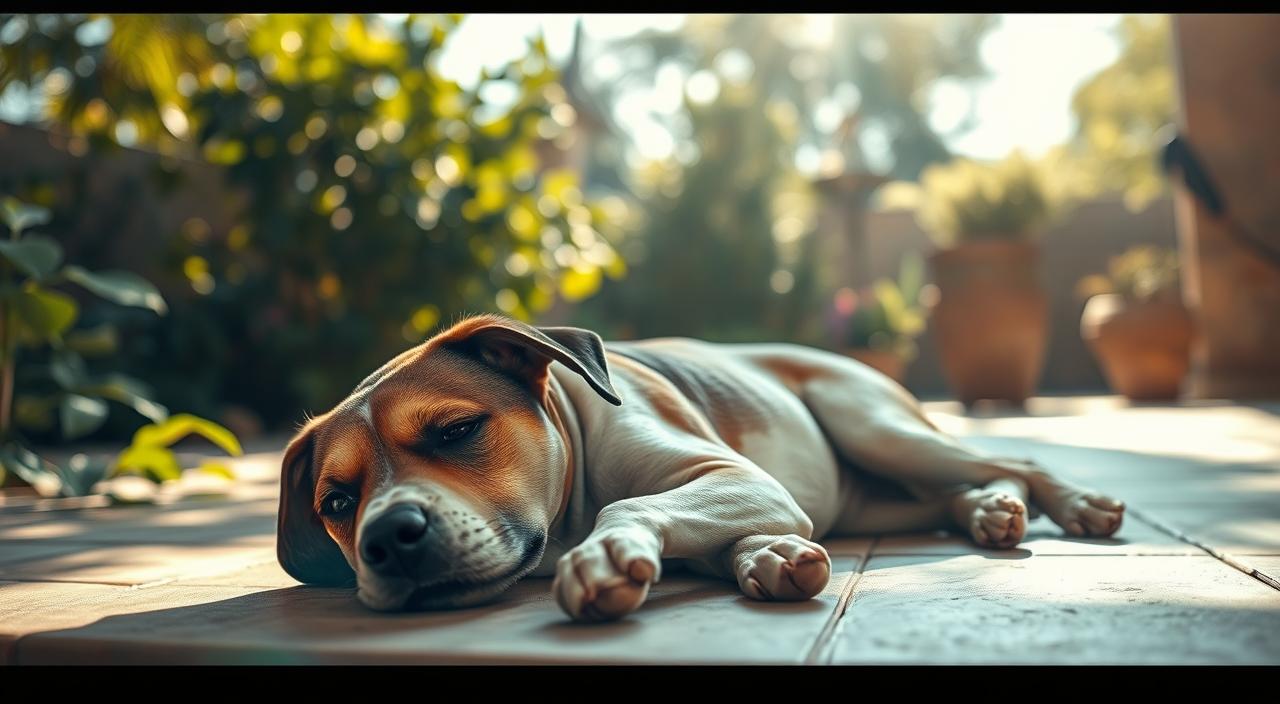
Move into shade and halt sun exposure
First, move the animal into shade or indoors right away. This single action prevents the burn from getting worse while you prepare care.
Cool the skin gently without ice burn
Apply cool, damp cloths to affected skin for 10–15 minutes. Avoid ice or freezing packs—very cold contact can harm thin or tender areas and increase pain.
Offer fresh water and monitor for heat signs
Give small amounts of fresh, cool water to support hydration. Make sure the pet rests in a calm spot with airflow; a low fan can help evaporative cooling without chilling the skin.
- Prevent licking or scratching—use gentle supervision or a soft collar if needed.
- Repeat cool compress cycles with short breaks during the first few hours.
- If redness worsens quickly, heavy panting, drooling, or lethargy appears, treat the situation as an emergency and seek veterinary care.
For additional practical tips on common issues with sensitive skin, see this guide on common skin-care mistakes.
How to treat dog sunburn at home for very mild cases
For very mild cases, simple home steps can calm slightly pink skin and speed comfort.
Cold compress routines that soothe without harming skin
Apply a cool, damp cloth to the affected area for 10–15 minutes. Repeat this 2–3 times on day one and as needed.
Do not use ice directly. Keep compresses gentle to avoid chilling thin areas like ear edges.
Oatmeal baths for calming irritated areas
Use plain colloidal oatmeal in lukewarm water and soak the belly and ear margins for about 10 minutes. Rinse gently and pat dry.
Using pet-approved aloe vera gel safely
After drying, spread a thin layer of pet aloe. Make sure the pet cannot lick it until it absorbs — a recovery collar works well.
What not to use and monitoring advice
- Avoid human sunscreen or products with zinc oxide, PABA, or salicylates — they can harm if ingested.
- Skip spray formulas near the face; choose sticks or lotions made for pets and apply with a fingertip.
- Watch for new signs: worsening redness, blisters, oozing, or behavior changes. Call your vet or veterinarian if symptoms appear.
Once the skin settles, resume sunscreen use on high-risk areas and keep outdoor time limited while healing.
When a sunburn becomes an emergency and you need a veterinarian
Certain signs mean this is more than a mild burn and require prompt clinic evaluation. Act calmly but quickly when red flags appear.

Dark red or purple color changes
If the affected area turns very dark red or purple, the skin may have deep damage. This color change is a key emergency indicator and needs rapid assessment by a vet.
Blisters, pus, oozing, or ulcers
Open blisters, pus, or spreading ulcers point to infection. These symptoms demand immediate attention; delaying care can let infection enter the body and worsen damage.
Fever, lethargy, dehydration, or refusal of water and food
Systemic signs—fever, marked lethargy, not drinking or eating—show the whole body may be affected. Offer water if the pet will sip, and seek emergency veterinary care without delay.
Severe pain and inability to move comfortably
Persistent crying, yelping, or unwillingness to lie down often means severe pain. Professional pain control helps comfort and supports healing.
What to expect at the clinic
- The veterinarian may give pain medication and start antibiotics if infection is suspected.
- Wounds are flushed, cleaned, and dressed; staff will demonstrate home care for bandages and protection against licking.
- Advanced options include cold laser therapy and topical meds that protect the skin barrier and promote repair.
Fast action improves outcomes: prompt care lowers infection risk, limits tissue damage, and helps dogs recover more safely.
Prevention that works: protecting your dog from harmful UV rays
Small habits cut risk and keep outdoor time safe. Plan walks in early morning or late evening when UV intensity—and temperature—are lower.
Shade, supervision, and water
Provide shade and fresh water at every outing. Supervision helps spot early signs of heat or sun sensitivity and prevents prolonged sun exposure on vulnerable spots.
Pet-safe sunscreen basics
Choose a waterproof, pet-specific sunscreen with SPF 30+ and UVA/UVB protection. Apply a thin double layer about 15 minutes before going outside, targeting the nose, ears, belly, tail tip, and thin-fur areas.
Reapplication and product safety
Reapply after swimming or heavy play. Avoid spray sunscreens—they risk inhalation and eye irritation. Don’t use human products that list zinc oxide, PABA, or salicylates; these can harm if licked.
Clothing and extra protection
UV-block shirts, hats, and dog goggles shield areas sunscreen can’t cover. Pack a small sun kit—lotion, wipes, and a light UV shirt—near the leash so protection becomes a simple habit.
- Consult a vet for pets with thin fur or past burns; consistent protection lowers long-term skin cancer risk.
Which dogs and body areas are most at risk
Some dogs are naturally more at risk from UV exposure because their fur gives less coverage. Owners should check coat type, skin color, and daily outdoor time to judge vulnerability.
Short coats, thin coats, and fair skin
Short-coated and hairless breeds get more direct sunlight on skin. Examples include Pitbulls, Boxers, Dalmatians, Greyhounds, and the Chinese Crested.
White, light, or ginger fur often hides pale skin underneath. That fair skin burns faster and may show early redness on the nose and belly.
Bald patches and long outdoor time
Any animal with bald patches from grooming, allergies, or prior wounds lacks the usual barrier. Those body sites face higher risk after prolonged sunlight exposure.
- Common burn spots: nose, inside ear margins, belly, and tail tip.
- Frequent or repeated burns raise long-term cancer risk—especially squamous cell carcinoma in chronically exposed skin.
- Simple checks before and after outdoor time help catch early redness and guide prevention like shade, clothing, or pet-safe sunscreen.
Conclusion
Immediate care—shade, gentle cooling, and water—gives the best chance for a smooth recovery. Act at the first signs of redness to limit pain and long-term damage.
Very mild sunburn often settles with home steps; watch closely for blisters, oozing, fever, or severe pain. If any of those appear, contact a vet without delay—these are emergency cues.
Prevention is the most reliable way to protect a dog: schedule outdoor time for lower-UV hours, use SPF 30+ pet-safe sunscreen on exposed areas, and add UV shirts or goggles when needed.
With simple habits and quick response, owners can keep pets comfortable, reduce health risks, and enjoy safe sun time together.
